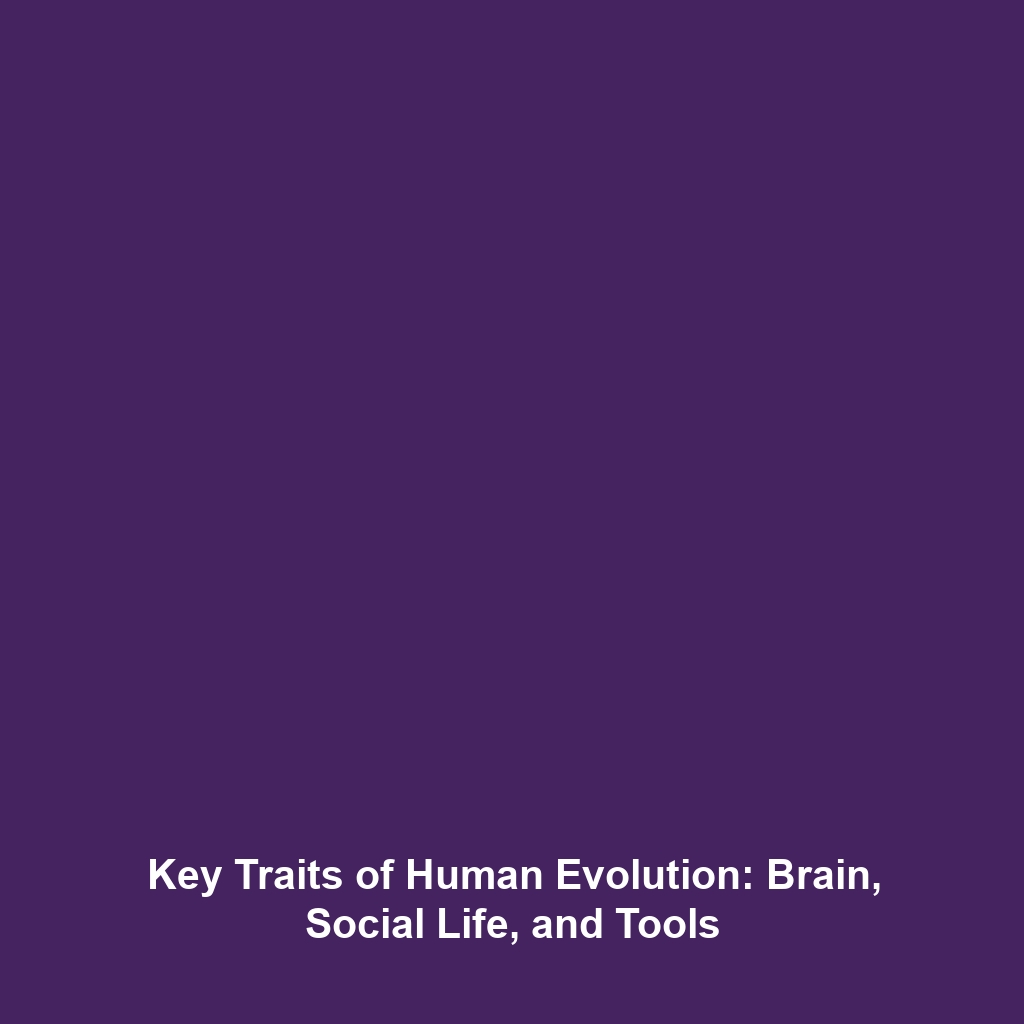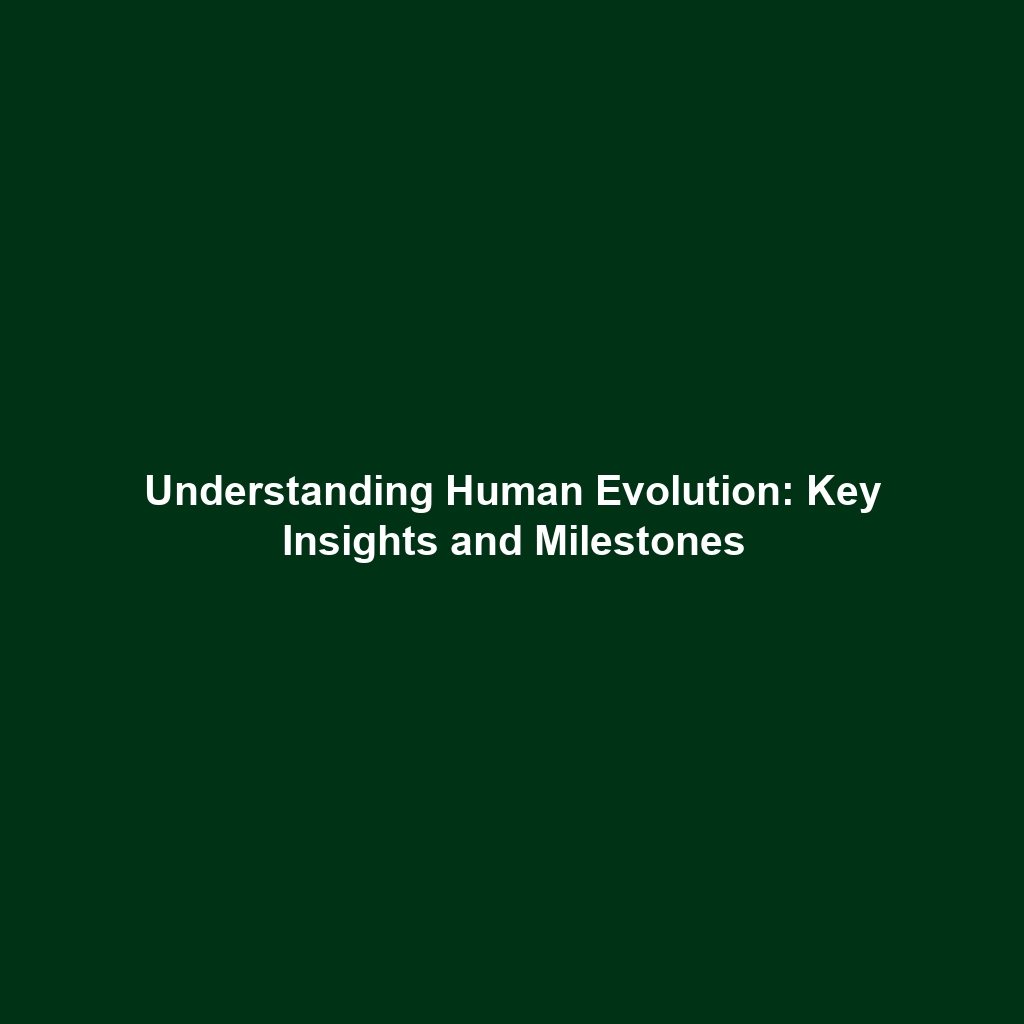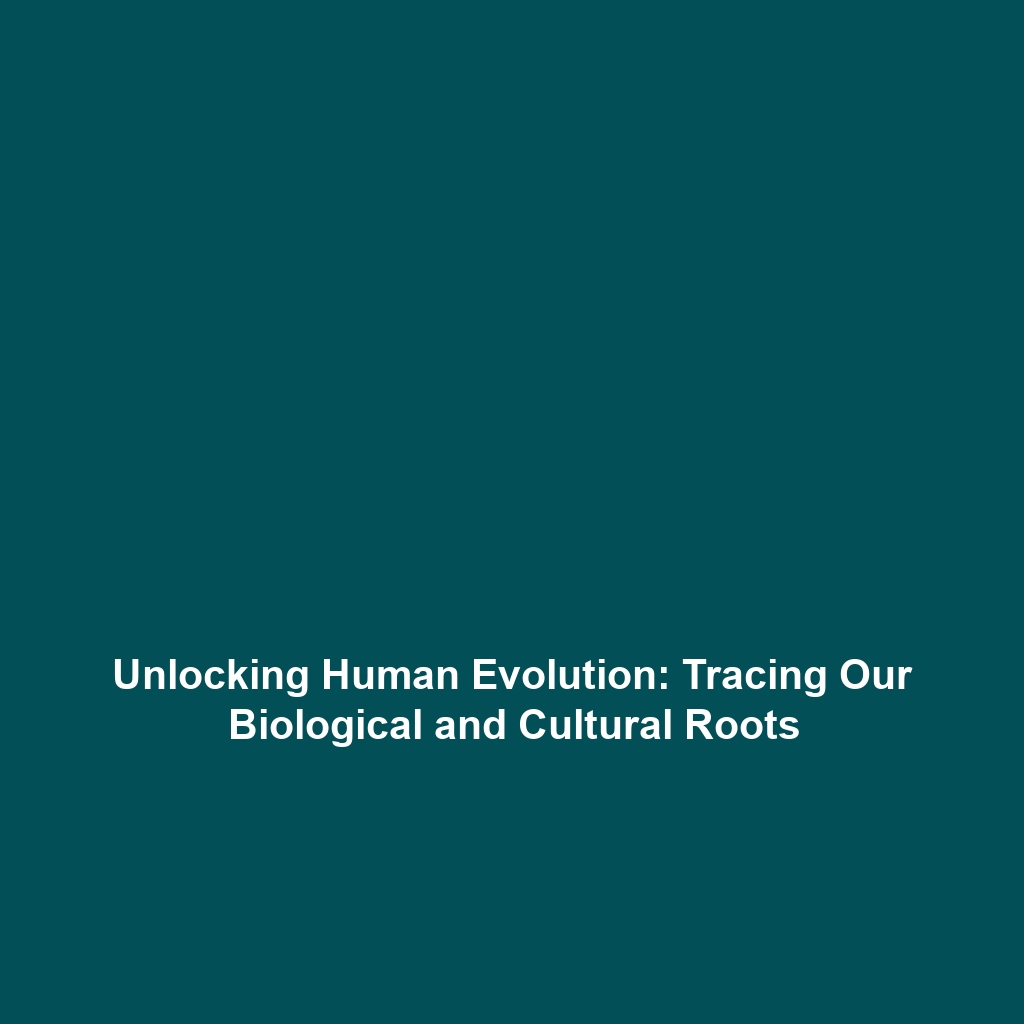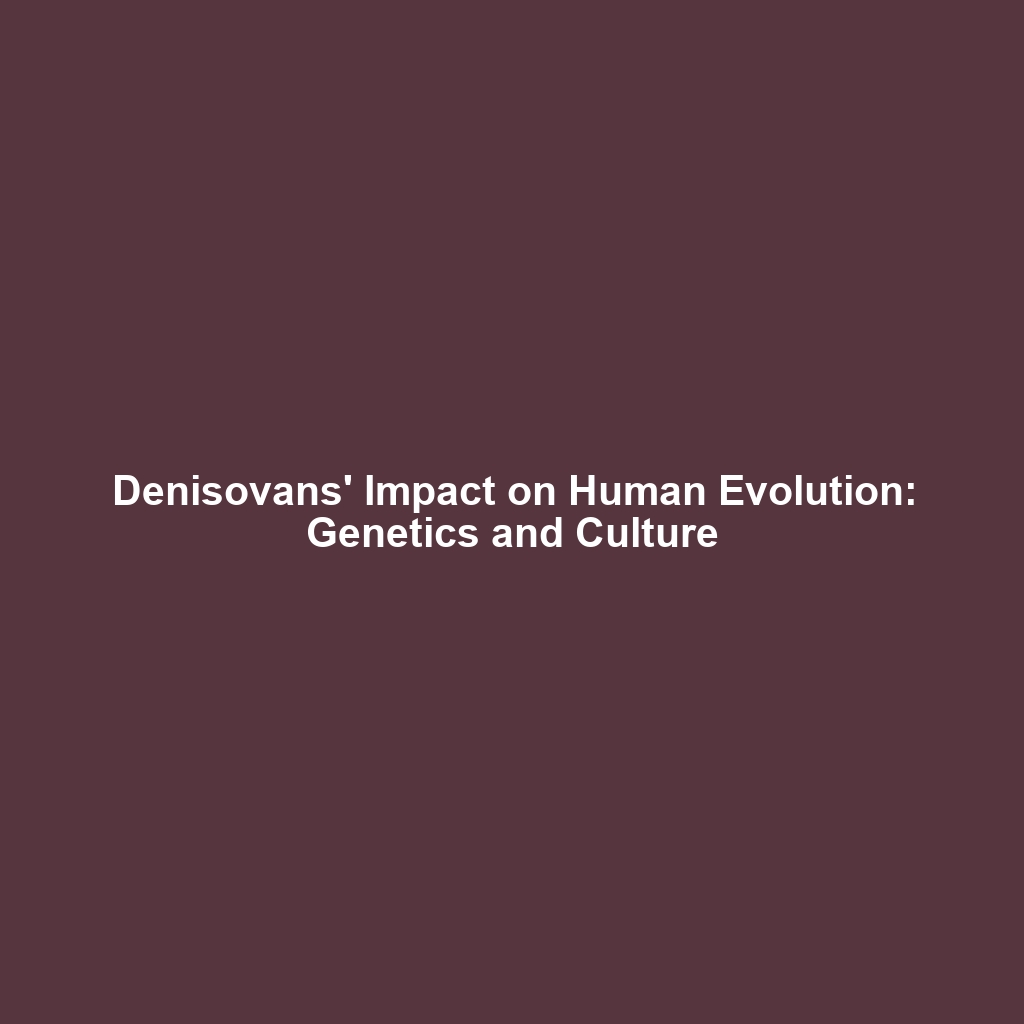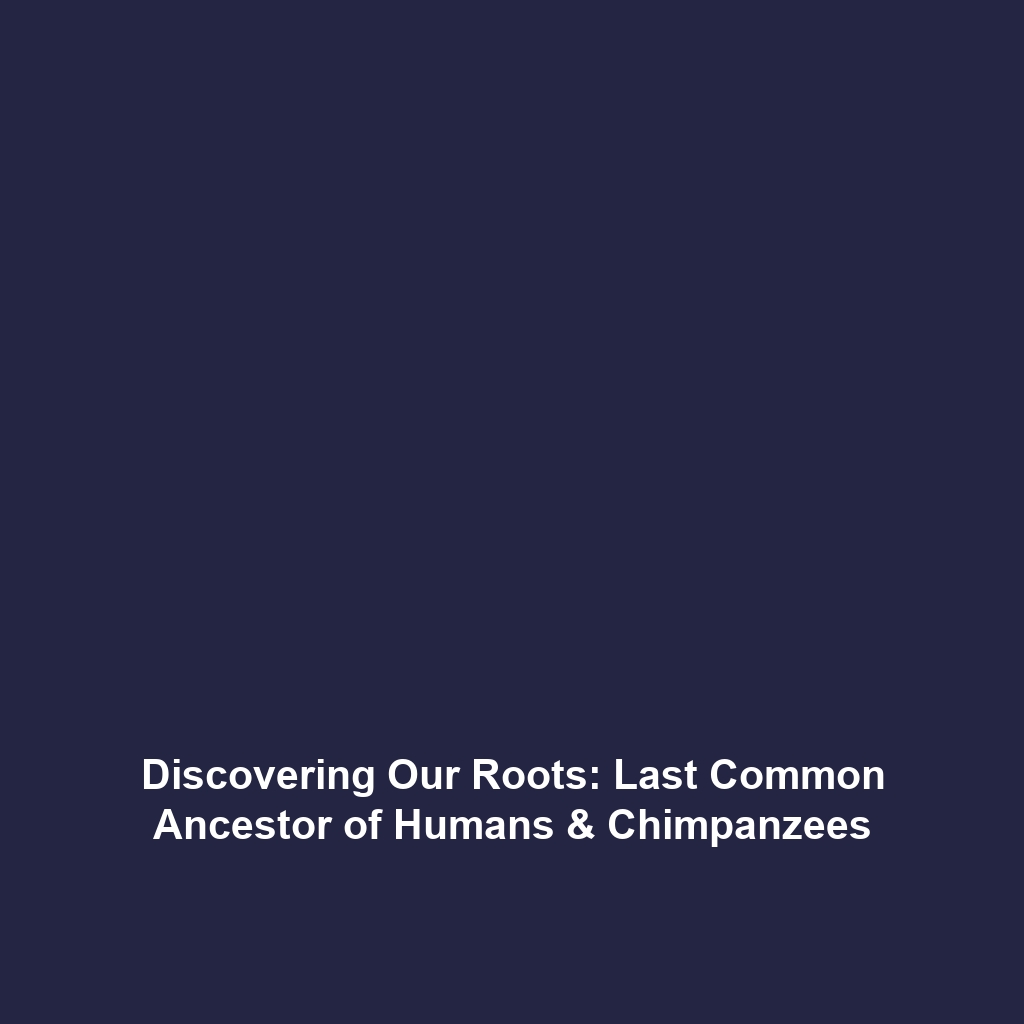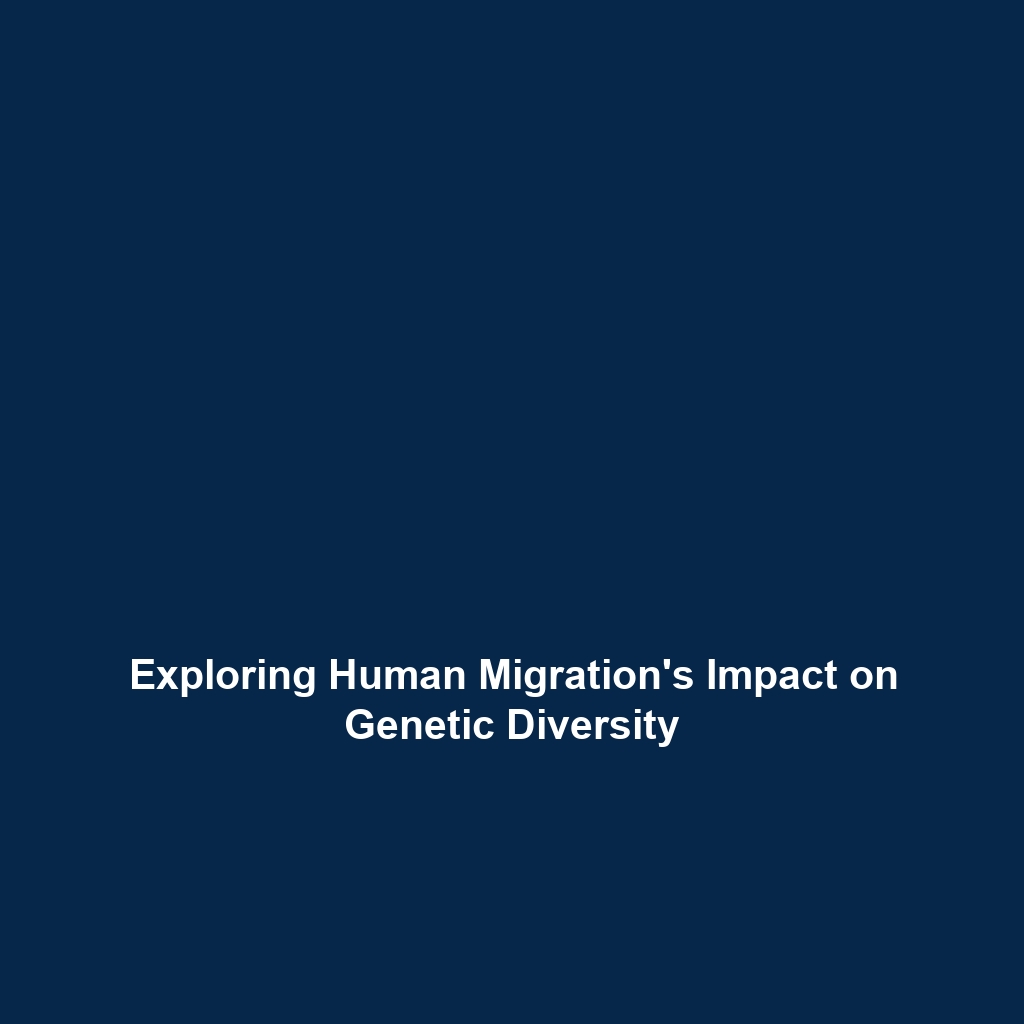<>
Key Traits in Human Evolution: Understanding Large Brain, Social Structures, Tool Use, and Language
Introduction
The evolutionary journey of humanity is a remarkable tale shaped by key traits such as a large brain, complex social structures, advanced tool use, and language development. These characteristics are not just markers of our biological development; they signify profound adaptability and intelligence that have paved the way for modern civilization. In this article, we delve into how these traits contribute to our understanding of human evolution and explore their intertwined nature in shaping our ancestors and ourselves.
Key Concepts
Large Brain
The size and complexity of the human brain are unparalleled in the animal kingdom. The increased cranial capacity is linked to enhanced cognitive abilities, enabling problem-solving and creativity, which are essential for survival and social interaction.
Complex Social Structures
Humans are inherently social beings. The formation of complex social structures has facilitated cooperation, communication, and the establishment of cultures, allowing for shared knowledge and resources that are crucial for survival.
Advanced Tool Use
From stone tools to modern technology, the ability to create and utilize tools is a defining characteristic of human evolution. This capability has enabled humans to manipulate their environment in unprecedented ways, contributing to the species’ success.
Language Development
The development of language represents a unique evolutionary milestone. It allows for intricate communication and the sharing of ideas, facilitating social bonds and cultural evolution. Understanding language development is crucial to decoding the trajectory of human evolution.
Applications and Real-World Uses
Exploring how large brain, complex social structures, advanced tool use, and language development are applied can reveal insights into both past and present human behavior:
- Education: Understanding language development enhances teaching methods and educational technologies.
- Anthropology: Knowledge about social structures aids in the study of cultural evolution.
- Technology: Advanced tool use informs current technological innovations, improving efficiency in various domains.
Current Challenges
Despite advancements in understanding these key traits, challenges remain in studying and applying them within human evolution:
- Interpreting fossil records to accurately assess brain size evolution.
- Real-world complexity in social interactions that affect cultural interpretations.
- Difficulty in tracing the development of language and its various forms.
Future Research and Innovations
Future innovations in the study of these traits could have significant implications for our understanding of human history:
- Neuroscience: Advancements in imaging technologies may yield deeper insights into brain development.
- Cognitive Studies: Research focusing on language acquisition techniques could revolutionize teaching and communication strategies.
- Artificial Intelligence: Investigating how humans interact with tools provides pathways for developing smarter machines that mimic human capabilities.
Conclusion
Understanding the key traits of large brain, complex social structures, advanced tool use, and language development is fundamental to comprehending human evolution. These traits not only define our species’ uniqueness but also shape our future. For further exploration on related topics, consider reading about fossil evidence in human evolution or the role of social structure in human societies.
